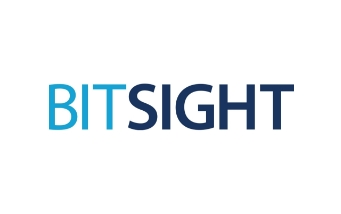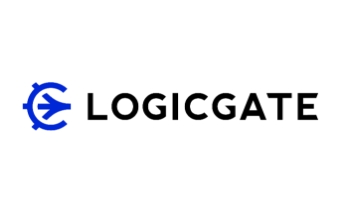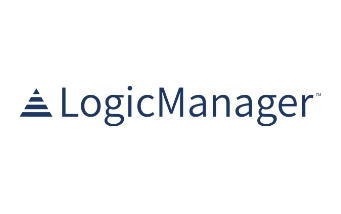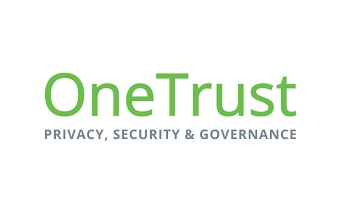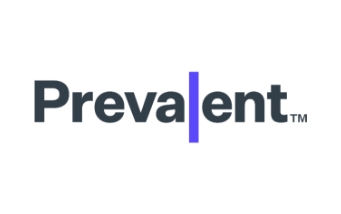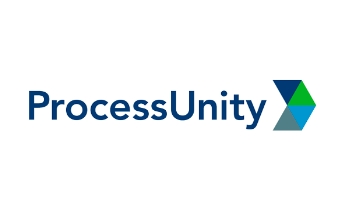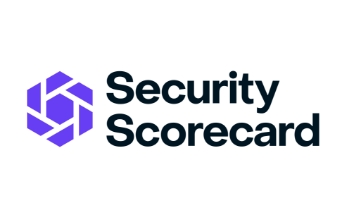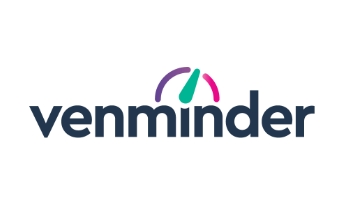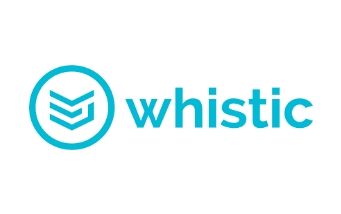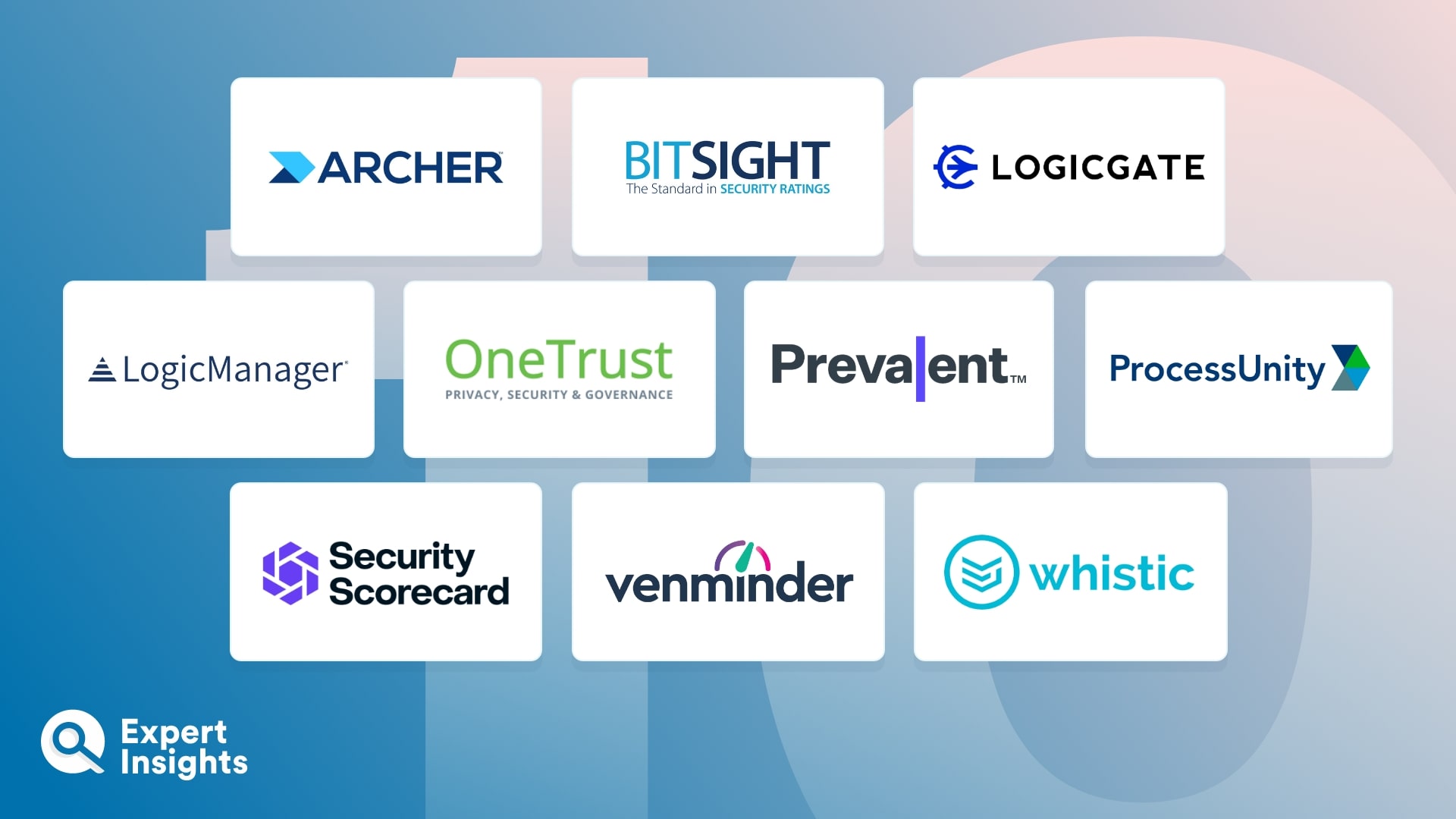Third Party Risk And Supplier Management: Everything You Need To know (FAQs)
How Does Third Party Risk Management Work?
The success of a TPRM solution depends on how effectively it can identify risks across your entire business lifecycle with associated third parties. The way these risks are identified, understood, and categorized is very important. Generally, risks are classed as known or unknown risks. Unknown risks are risks that are from external factors, like a data breach performed by a hacker. This is unknown as the exact nature of the risk cannot be known and you are unable to predict when it will occur. Known risks are risks that can be identified and described; this means that they are easier to prevent. Known risks tend to be classified into three groups:
- Profiled Risk: This risk refers to the services that a third party provides for your organization. For instance, an outsourced HR or payroll company can present more risk to your business than a catering company due to the nature of the data that it has access to. For example, the HR and payroll company will have access to highly sensitive financial and personal data. The catering company, however, may not have such extensive information, but presents a physical risk as third-party staff will have access to your premises. Risks aren’t always as clear cut and can be layered and complex.
- Inherent Risk: Inherent risk refers to a third-party risk that is present and hasn’t yet been remediated. Inherent risk is calculated by using a third party’s own data on their policies and practices to make a more informed risk assessment. This will include identifying pre-existing supply chain issues, bad financial standing, and operational inefficiencies. Internal risk assessments are important in adding context and clarity to an assessment; they may, however, still not paint a comprehensive picture of a company’s risk posture. External risk assessments can help to fill in these gaps. External vendor risk monitoring and threat intelligence services can help companies to verify assessment responses and identify any unknown or hidden risks.
- Residual Risk: This term refers to any risks that are still present despite remediation efforts. As these risks are impossible to eliminate, you will have to make a judgement to decide if this is a reasonable and justifiable level of risk. Rather than being able to eliminate a risk, you will have to focus on reducing risk to an acceptable level. In this instance, it is important to establish a risk baseline with relevant controls and monitors in place.
TPRM tends to work in stages. This begins with creating a baseline of security, reputational, financial, and privacy risks for potential and current third parties. Ideally, this is performed before a relationship with a third party is established. This is often achieved through questionnaire-based assessments and accessing vendor intelligence databases, then pulling information from these sources.
The vendors that you decide to work with will be onboarded into the TPRM platform’s central repository. From here risks can be monitored and calculated continuously. You can also export data regarding risk and mitigation to relevant stakeholders.
Inherent risk scoring will also be carried out. This allows organizations to understand any potential risks that they might take on, as well as enabling teams to carry out due diligence and inform future risk assessments and mitigation practices. It is considered best practice to complete inherent risk scoring before a vendor is granted access to your system, data, or physical building.
From the TPRM platform, internal controls and assessments can be performed to satisfy audit requirements. Any risks that are identified during this process can be scored, recorded, and mapped, ensuring that your organization remains complaint with security frameworks. External risk monitoring is also performed to cover gaps between periodic assessments and questionnaire responses. This information can be cross-referenced against external observations, thereby enhancing the clarity of a risk assessment. External risk monitoring usually includes using cyber intelligence, financial reports, media screening, sanction lists to gain a comprehensive and holistic understanding of risk.
Finally, Service Level Agreements (SLAs) and performance management will be factored in. SLAs are contractual agreements that help to define the expectations and obligations of all parties within a vendor relationship. A TPRM tool can ensure that these obligations and expectations are met and carried out to the required standard. This often includes ensuring that the third-party vendor continues to meet compliance requirements.
In the event that a third party needs to be off boarded or terminated–either because their level of risk was deemed too severe, or the contract has naturally ended–several things need to happen. Depending on the nature of the termination, assessments need to be performed to ensure that final obligations have been achieved. In this event, contract reviews, revocation of system and data access, revoking building access, settling invoices, and compliance reviews will need to be completed. It is just as important that you ensure all the loose ends are tied up to prevent a threat coming via a company you thought you were finished with.
Why Third-Party Risk Management Is Important
It is worth pausing to consider how many third parties your organization has. Every company that you use for outsourcing, collaborate with, have partnerships with is a third-party that has the potential to impact your organization. This is set against a backdrop of increasing cybersecurity threats and lateral attacks. Today, companies are more interconnected and linked than ever before. In part, this is due to outsourcing and specialization; it is more efficient and cost effective for a company to do one thing really well, then use other specialized companies to deliver a full package. One company could well have numerous third parties working with them to provide a service and streamline operations.
In many instances, a company may not even be the vendor that produces the primary output and will liaise with a number of other vendors in order to produce a final product. For instance, an architecture firm will need to be in contact with multiple third parties at once, including suppliers, builders, electricians, lighting specialists, legal teams, and financiers. Not only that, but the firm may outsource other aspects of their business, such as HR, marketing, and communications to external agencies.
While outsourcing can save time, money, and HR burden, this interconnectedness does increase risk. For instance, if a company that produces sheet glass experiences a cyber breach and has details and contacts stolen, this presents a risk for the architecture firm and building company that were liaising with them at the time, as well as historic customer whose details are on record.
Gaining control over your connections with your third-party organizations and limiting severity of risk can greatly enhance your overall security standing and risk scoring. Risk from third parties isn’t a new concept. It is today’s level of interconnectedness that highlights the need for TPRM to prevent these links being exploited.
Third Party Risk Management Benefits
There are several benefits to implementing a TPRM solution and framework within your work environment. In this next section we will break down the key benefits and explain why they are relevant.
Improved Security
Through implementing and monitoring third-party risk management tools, organizations can secure themselves from risks and insulate themselves from events that occur within a third-parties jurisdiction. If a hacker is able to gain access to your third party’s network, then a lateral move to your organization is also likely. In the event a third party is hacked, there is the risk that your data will be compromised; this could lead to your operations being impacted and having to cease until the issue is resolved. Having a robust TPRM solution in place can help to manage and mitigate third party risk oversight and protect your business to improve your overall security posture.
Streamlined Operations
By improving your security posture and reducing the likelihood of downtime as a result of a security event, you are able to better utilize your time. This ensures that you can streamline operations, thereby making your organization more effective. By understanding the likelihood of downtime or a specific risk, you can build mitigation plans to circumvent any issues and return to business operations swiftly.
Reduced Costs
Outsourcing is one way that many businesses can reduce costs. However, if a provider suffers an attack, the cost of remediating this and the value of lost business could easily eclipse the savings made through outsourcing. By using TPRM to identify and manage risks before they affect your business can prevent these exorbitant costs. IBM announced in their 2023 Cost of a Data Breach Report that a successful attack sets a company back by an average of USD 4.45 million.
Compliance Requirements
Some regulatory bodies have made vendor risk management a prerequisite in order for companies to be compliant and allowed to operate within a particular sector. Some of the best known of these includes GDPR and CCPA. Failure to comply with these requirements (and have the relevant TPRM solution in place) will often result in a fine. Other industry regulations such as NYDFS, PCI-DSS, and HIPAA take a different approach. They do not specifically ask for vendor risk management but do require compulsory risk assessments as part of the wider compliance process.
Protects Your Brand Image
It doesn’t always matter how severe a breach is, to a potential or current customer, any breach looks bad. Failure to assess and understand your vendors’ and third parties’ levels of risk can potentially expose you to data breaches and losses, which, in turn, harms your brand’s reputation. Companies that have experienced a breach, even if it isn’t directly their fault, can still damage customer confidence. As TPRM reduces the risk of a breach, it decreases the chance of your likelihood of brand image being adversely affected.
Third Party Risk Management Features To Look For
Like every established security space, third party risk management has a large and evolving market with a good number of effective vendors and solutions to choose from. That said, it can be difficult to identify the best solution for your needs. Before deciding or purchasing a solution, it is worth taking the time to understand and plan what you need from a TPRM solution. You should consider what you want to get out of it, how well it will integrate into your workflow and environment, its ease of onboarding, and how you can best use the information gained from its analysis. Depending on your sector, size, location, and industry, there will be different risks facing your organization. Common demands on a TPRM include ensuring business continuity, data management, supply chain, anti-corruption, anti-money laundering, and anti-bribery. Some solutions will be particularly suited to a certain sector or type of company.
Building an effective and successful third-party management risk solution takes time and expertise. This will involve a lot of planning on your IT team’s behalf in order to ensure relevant risks are identified and flagged effectively.
Here are some key features to look out for and take into consideration when making a purchase:
- Questionnaire Library: Some solutions will come with a built-in questionnaire library. This allows admins to gather data from vendors and ensure that they adhere to regulatory requirements and industry best practices.
- Customizable Questionnaires: In addition to having a questionnaire library, where teams can perform generic questionnaires, companies should be able to customize the questionnaire so that it is relevant to their industry. Some solutions allow you to edit existing questionnaires, some let you create entirely new ones from scratch, while others make both possible.
- Reporting: This is a key function of TPRM solutions; admins need to access and understand findings, then share these with relevant stakeholders. Reports should allow teams to make actionable decisions based on findings. This process should be quick to carry out, whilst providing a good level of detail and insight.
- Remediation Workflows: A solution that has a remediation workflow feature allows users to be able to request remediation from a specific third party based on intelligence from automated scanning and any completed questionnaires. Users will also be able to view current remediation requests, what risks were asked to be remediated, and timestamps of when the request was sent. This allows overall security to improve.
- Scalability: Ideally, your chosen solution should grow as you do. As companies mature, change, and adapt, they’re more likely to take on additional third-party vendors. It’s important that your TPRM solution can grow as you do, all the while maintaining coverage.
- Monitoring: Your TPRM solution needs to monitor risks and events constantly. After initial risk scans, security posture should be continuously monitored to confirm that there have been no further changes or developments.
- Automation: Automated or scheduled scans and remediation processes can reduce human tasks, whilst maintaining standards.
- Security Ratings: Through data analysis, relative scores can be calculated to put risks into perspective and prioritise responses.
- Fourth Party Discovery: This is a more advanced feature that will uncover the third parties of your third parties. While your organization may not deal with a fourth party directly, they can impact a third party, which could then impact you. While this may sound very far removed, lateral attacks mean that this is very possible. An example would be that multiple of your vendors use a particular cloud data storage solution; if this storage service becomes hacked and suffers downtime, not only will it impact your third parties, but it will impact your business as well.
- Accuracy: While less of a specific feature and more of an attribute, it’s important that your chosen third-party risk management solution is highly accurate. It’s important that the data it aggregates is accurate and that any security ratings used must adhere to fair and accurate standards of security ratings. Information should be independently verifiable and easily accessible.
- Confidentiality: Again, less of a feature and more of a trait but finding a TRPM vendor that takes confidentiality seriously is a must. All information from your business, your risks, how you operate, and the risks and operations of your associated third parties, must be kept in strict confidence. Ironically, if this information was shared, it could put your organization at risk.




